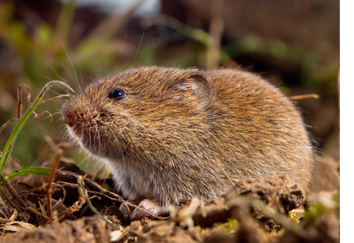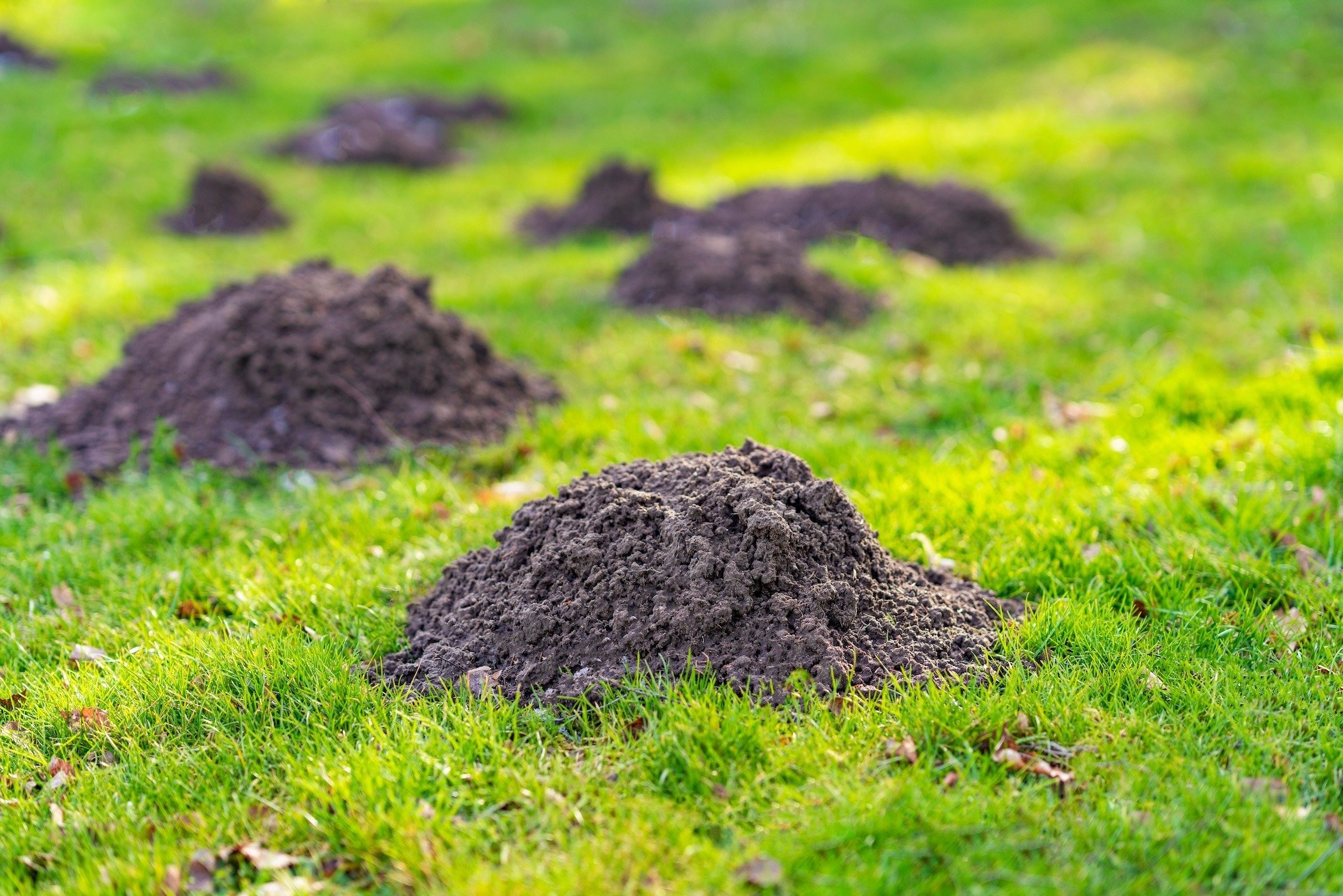Reliable Vole Control Solutions: Managing Vole Pest Issues
Reliable Vole Control Solutions: Managing Vole Pest Issues
Blog Article
Comprehensive Overview to Efficient Vole Bug Control: Problem Recognition and Treatment Approaches
In the world of efficient insect control, vole problems position a distinct challenge that demands a critical approach. By checking out the subtleties of vole habits, recognizing essential indications of problem, and assessing a variety of control alternatives, one can establish a thorough method to combat these evasive insects.
Recognizing Vole Habits
Vole habits is characterized by their tunneling habits and fast recreation rates, making them a difficult parasite to manage effectively. These little rats commonly create intricate tunnel systems underground, using them for shelter, food storage, and transportation. Voles are herbivores, taking in a range of plants, origins, light bulbs, and lawns, which can trigger considerable damage to gardens, orchards, and yards. Their fast reproductive rate further complicates control efforts, with females qualified of generating numerous clutters in a solitary year, each containing a number of children.
Recognizing vole behavior is critical for efficient parasite control strategies. By determining their burrow locations, keeping track of feeding locations, and implementing targeted control techniques, such as trapping or habitat alteration, vole infestations can be taken care of efficiently.
Indications of Vole Problem

Prevention Approaches
Carrying out reliable prevention approaches is important in minimizing vole problems and guarding greenery from their devastating feeding routines (vole lawn damage). To avoid vole invasions, it is necessary to start by getting rid of prospective food resources and sanctuary. Keep lawn and greenery trimmed short, get rid of weeds and particles, and keep a clean yard or lawn to make the area less attractive to voles. Setting up obstacles such as hardware cloth or underground fence can likewise assist prevent voles from getting in specific areas. Furthermore, reducing excess wetness by repairing dripping pipes and ensuring appropriate drainage can make the environment much less hospitable for voles.
Consistently you can try these out evaluating the home for signs of vole activity, such as paths and tunnel openings, is important for very early discovery and punctual activity. If vole activity is suspected, think about using repellents or traps strategically placed near their paths. Using all-natural predators like owls or serpents can also help keep vole populations in check. By applying a mix of these avoidance gardeners, methods and house additional info owners can successfully protect their greenery from vole damages.
Non-Lethal Control Approaches
To effectively handle vole populaces while focusing on humane methods, non-lethal control approaches use functional remedies for decreasing vole damages in gardens and landscapes. One efficient approach is using physical obstacles such as equipment fabric or cable mesh to secure susceptible plants. These obstacles can be buried at least 12 inches deep and curved at a 90-degree angle to stop voles from delving below. Additionally, habitat alteration can discourage voles by minimizing their liked food resources and hiding spots. Keeping a well-mowed grass, getting rid of debris, and keeping plant life trimmed can make the environment much less enticing to voles.

Lethal Control Options
One reliable technique for resolving vole invasions in landscapes and gardens entails the strategic use of deadly control choices. When faced with a serious vole problem that non-lethal methods have stopped working to contain, applying dangerous control actions comes to be critical. Overall, when using dangerous control alternatives, it is necessary to do so properly and in accordance with neighborhood laws to properly handle vole problems.
Conclusion
In conclusion, effective vole bug control requires a thorough understanding of vole actions, recognition of indicators of problem, application of prevention methods, and application of both non-lethal and deadly control approaches. By incorporating these strategies, people can efficiently manage Read Full Article vole populations and secure their home from damages. It is very important to attend to vole infestations immediately to avoid more concerns and decrease the effect on the surrounding atmosphere.
Given the detailed passage systems and rapid reproduction prices characteristic of voles, identifying the signs of vole problem ends up being essential in efficient bug control. One of the primary indications of vole existence is the existence of surface paths or tracks in yard or snow, typically about 1-2 inches vast, developed as voles take a trip between their burrows and food resources.To successfully take care of vole populations while prioritizing humane techniques, non-lethal control methods use useful options for decreasing vole damage in landscapes and yards.One effective method for resolving vole problems in gardens and landscapes involves the calculated use of deadly control choices. vole control utah.In verdict, reliable vole bug control needs a comprehensive understanding of vole actions, identification of indications of invasion, application of prevention strategies, and usage of both dangerous and non-lethal control approaches
Report this page